"All images: James Lipman/Influx If the world of classic cars is littered sparsely with elusive gems, then in Jaguar lore these jewels are mercifully accessible. This car before you is the very first right hand drive production Jaguar E-Type "

D-Type: Beneath the Skin
Why is the D-Type such a beguiling beauty? Well, it remains as in all things aesthetic a matter of opinion, but in the case of the this particular machine there are some concrete factors that help explain its enduring charisma.
The D-Type looked, in 1954, unlike anything else out there on the race track, let alone the road. Its aerodynamic features were all about function, but this focus on winning unwittingly created something spectacularly pleasing to the eye.
The introduction of aviation technology that facilitated the speed and reliability of the cars was a slowly blossoming flower that came to represent a patiently awaited premium for Britain.
When they saw C and D-types swathed in green (and occasionally blue) so successful on the circuits of Europe, Brits started to realise that they really had something to be proud of – that the struggles of the previous decades just might have been worth it.
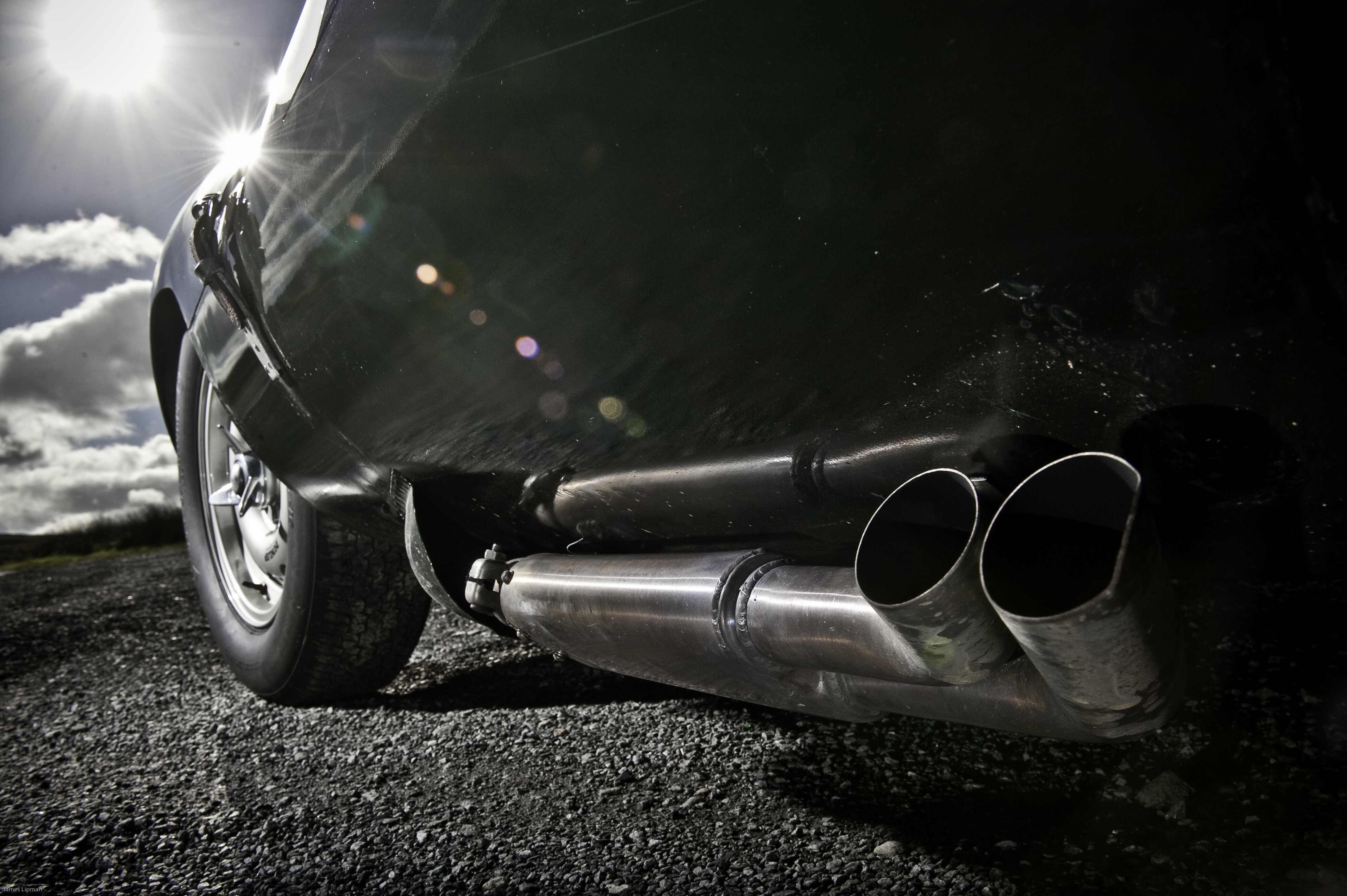
This was in the years immediately after the Festival of Britain, the Coronation of Queen Elizabeth and the conquering of Everest by that colonial hero Hilary.
Rationing of basic foodstuffs might have remained a part of people’s every day lives, but the cutting edge of British engineering demonstrated that these strictures could be transcended.
As Norman Dewis told us a couple of years ago, when the Jaguar team set off from Browns Lane en route to Europe the streets would be lined with flag-waving patriots. It’s a far cry from the international corporatism of today’s motorsport.
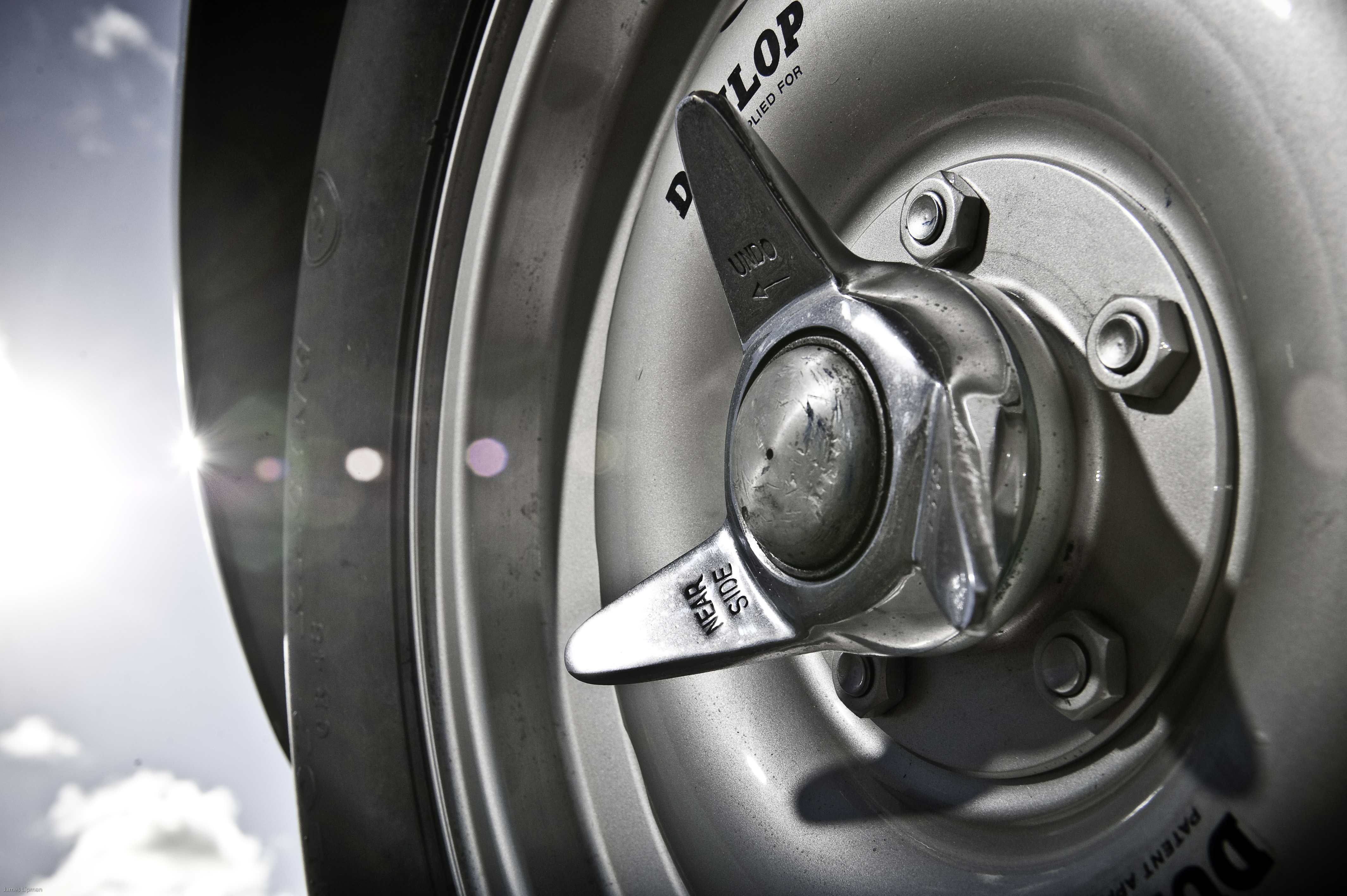
Jaguar’s spectacularly named race manager Lofty England led the team that produced the Jaguar D-Type. The car was produced to extend and deepen the success of the C-Type – and it immediately performed well. In its first appearance at Le Mans in 1954, the Jaguar team’s cars suffered, apparently, from sand in their fuel. Once this problem had been rectified, however, this car (No 14, driven by Duncan Hamilton and Tony Rolt) immediately reestablished itself. Eventually it finished less than one lap down on the winning Ferrari.
This D Type was the first first works car to be completed, on the 4th of May 1954. As well as its debut second place at Le Mans, it came second also at the Reims 12 Hours and raced at various Grand Prix and Trophy events in the UK. Interestingly, in 1956 it was converted to a road going version of the car, a sort of almost-XKSS, with a screen frame created and the central member between cockpits removed.
It has been claimed that these innovations originally inspired the factory to go ahead and produce the limited run of the road-going XKSS, though this was denied by the crew at Browns Lane. Either way, the car was used on the road for many years and was sold to its current owner in 2000.
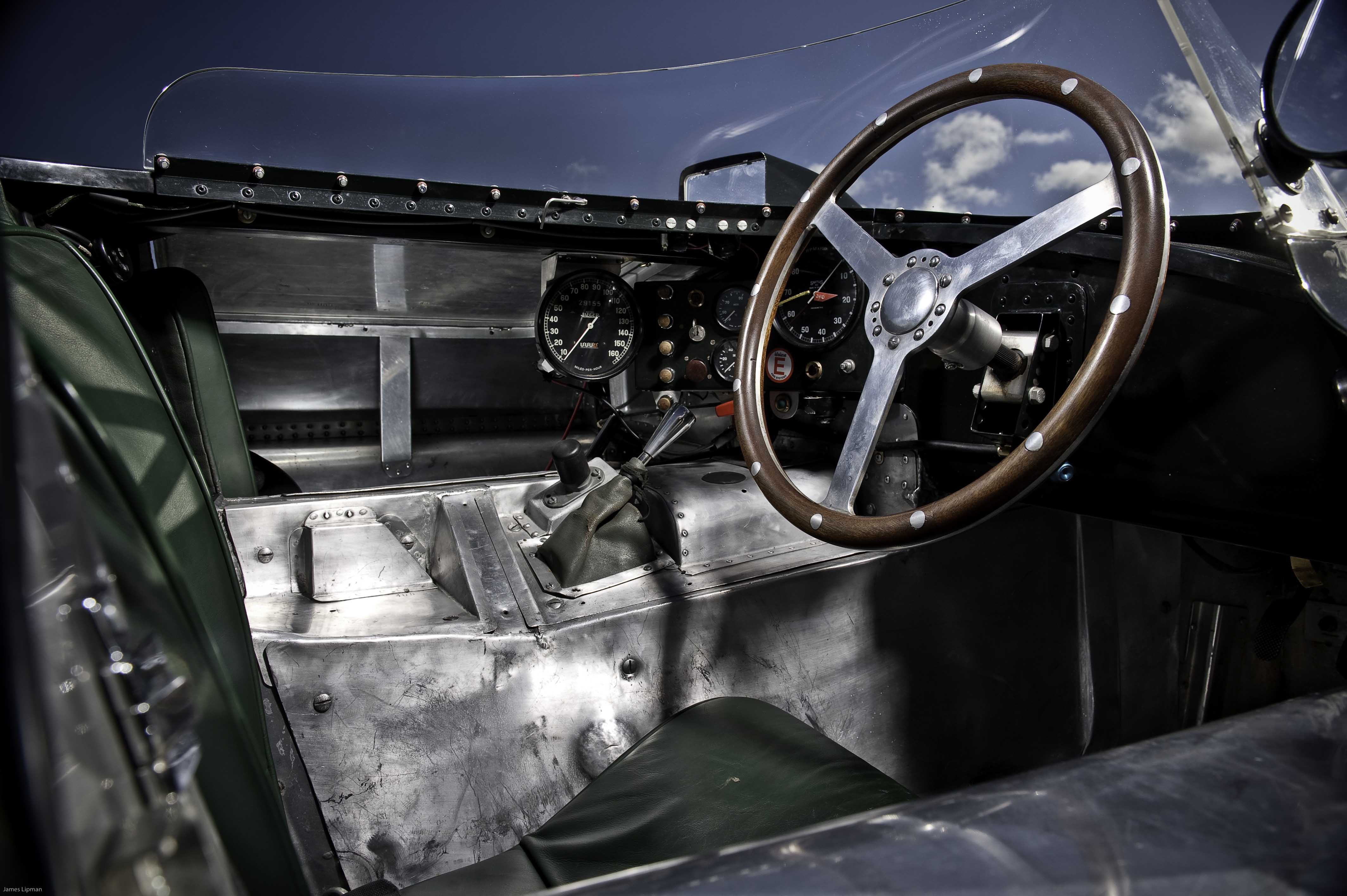
The Monocoque chassis of the D-Type was developed using battle-garnered aviation expertise. Sheets of aluminium alloy formed the central tub which carried the cockpit – and an aluminium subframe was attached to this that carried the engine in its compartment as well as the front running gear and the steering mechanicals. Drive train and rear suspension was attached directly to the tub – and fuel was carried inside ‘bags’ mounted in compartments in the monocoque itself.
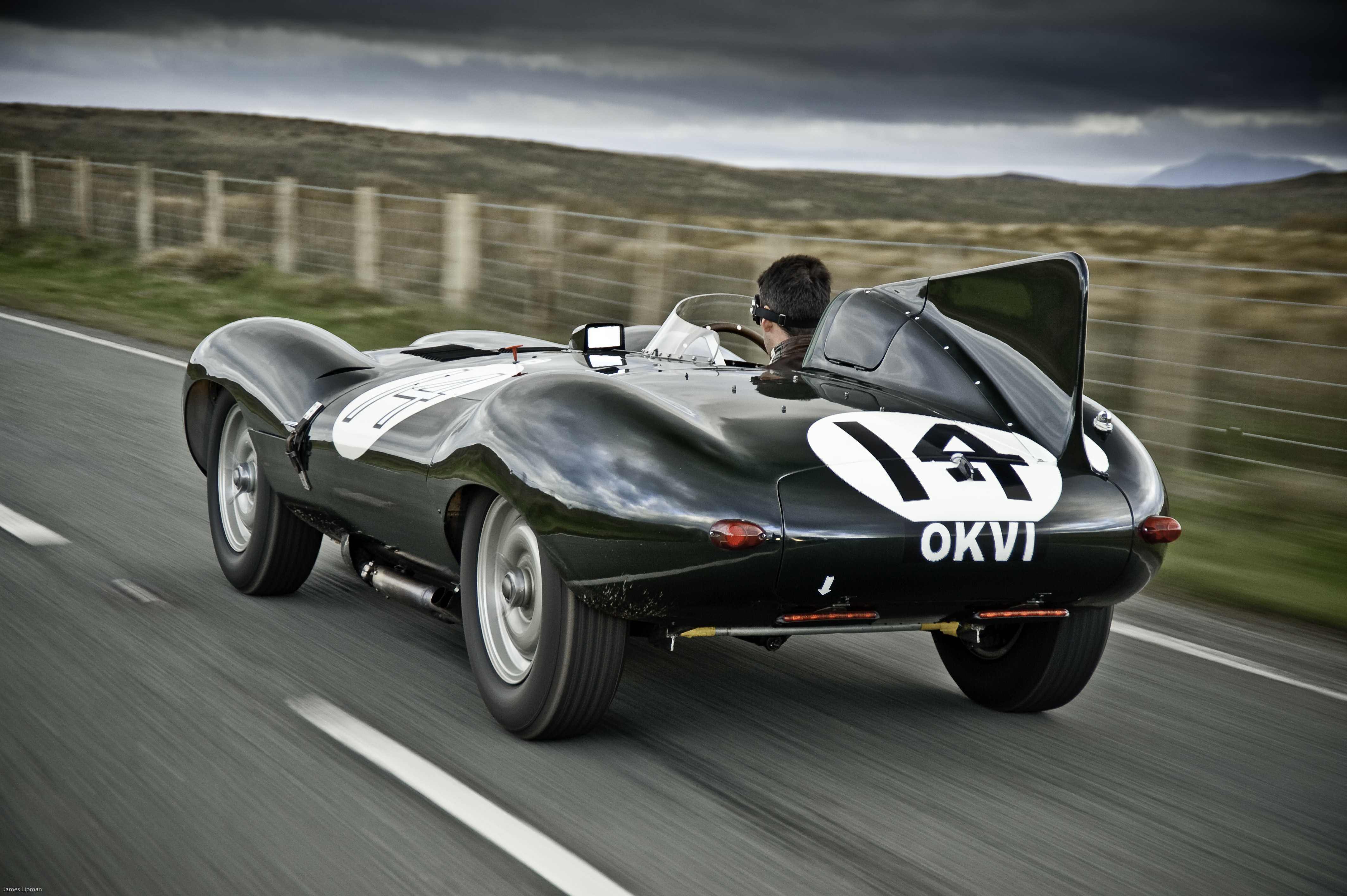
Malcolm Sayer, who, along with development engineer Norman Dewis had worked in the aviation industry in the forties, designed the D-Type’s beautifully sculpted coachwork. With the removal of the traditional separate chassis that had featured in the C-Type, a greatly reduced frontal area was made possible. The engine was angled over slightly (notice the off-centre bonnet bulge) and engineers developed a dry-sump form of lubrication so that the whole issue could be lowered. A low-drag underbody combined with the stabilising fin behind the driver made high speeds at Le Mans just about manageable. After 1955 a long-nose version of the body was introduced which resulted in even greater top-end velocity.
That the D-Type’s aerodynamic properties and road presence would go on to inform that of the E-Type, which in turn went on to define glamorous yet accessible motoring in the sixties is testament to the power of these cars.
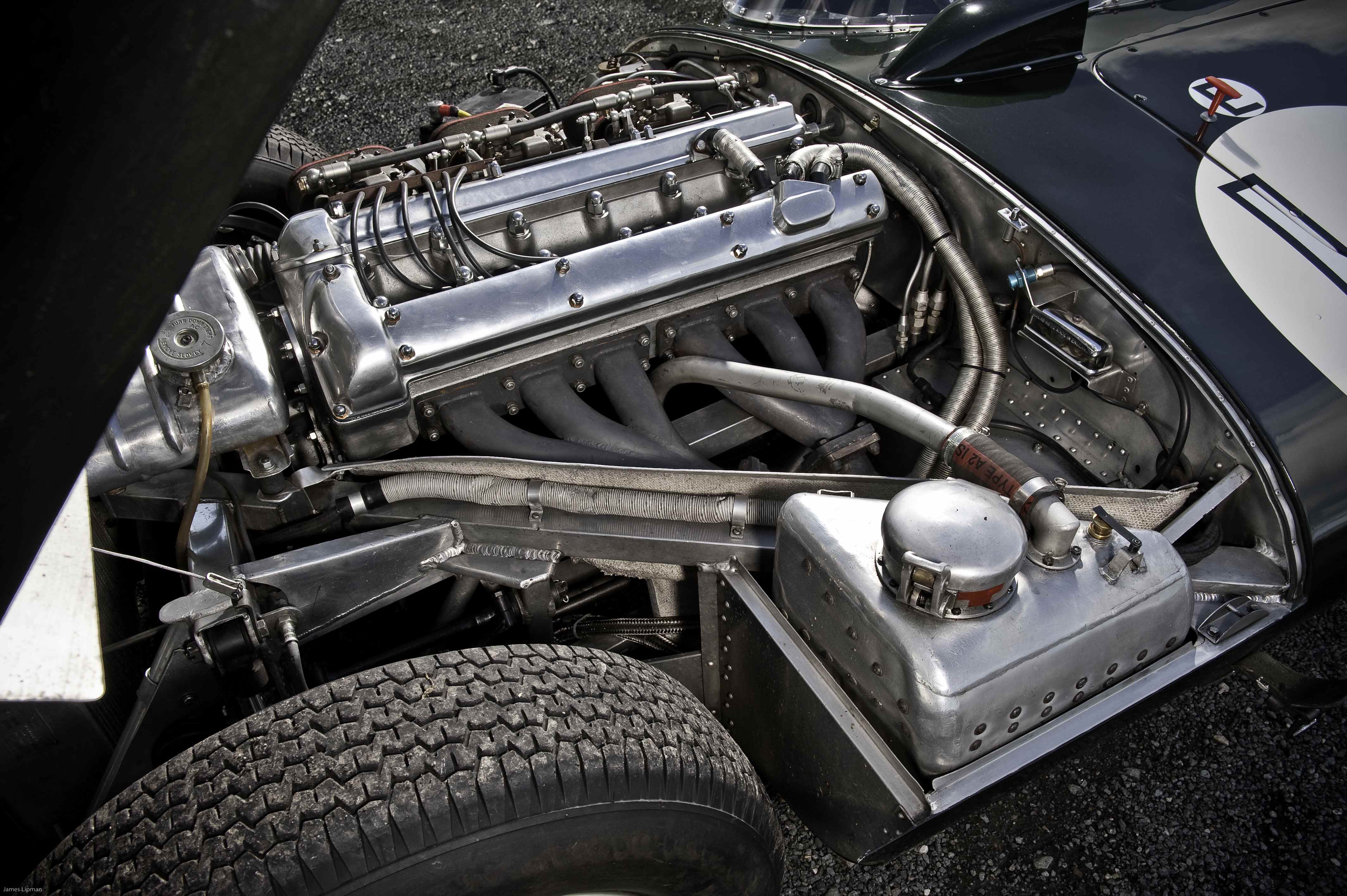
Source: Jaguar Sports Racers
CLICK TO ENLARGE






















